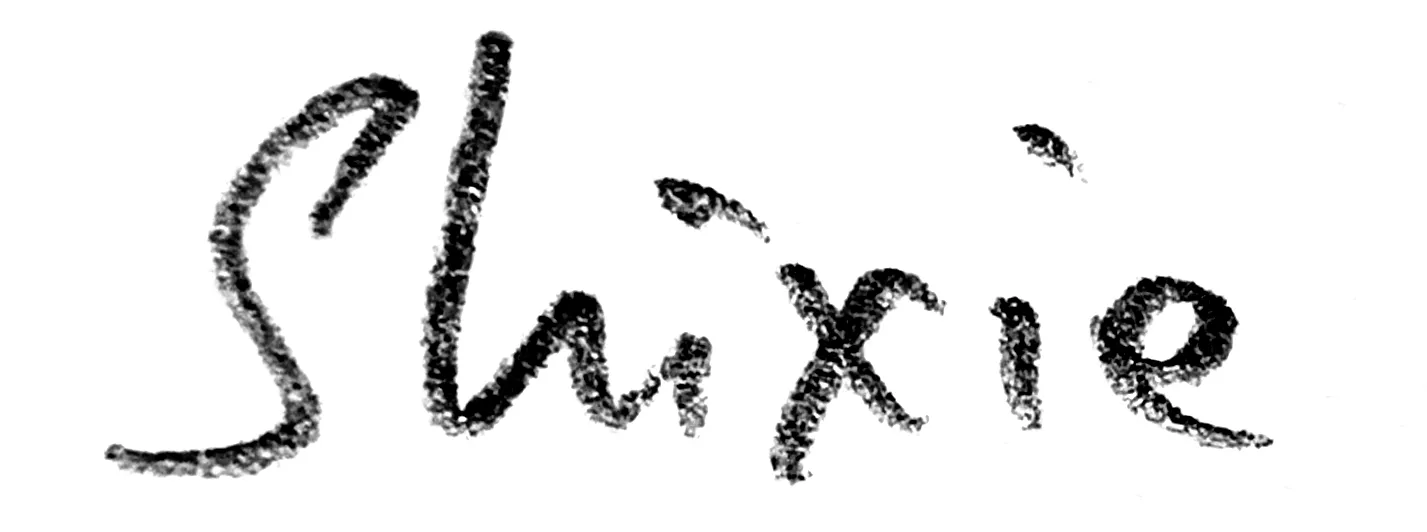Mission Design at JPL
Scientists at the Jet Propulsion Laboratory are looking for a way to visualize trajectories through space to more accurately and intuitively design the spacecraft routes.
Use visualization to complement traditional method
In Jet Propulsion Laboratory, the Mission design department is in charge of defining the exact details to execute a space exploration. In 2016, scientists and engineers working on these problems are primarily using scripts and custom code to abstractly calculate the mission plan, segment by segment, generating coordinates and sheets of numbers that represent the 3 dimentional route a spacecraft will take upon launch.
The abstract nature of sheets of numbers makes simple problems like collisions difficult to spot. My team conceptualized a 3D visualization tool for trajectory design, where the paths of a spacecraft can be drawn and manipulated on an realistic rendering of the star map. By visualize mathematical results as 3D graphics, our goal is to complement the existing scripting methods and faciliate scientists to better quality check, fine tune, and communicate the design of spacecraft trajectory.
User pain points
- Difficult to manipulate 2D or 3D graphics and extract information
- Lots of back-and-forth between editing scripts and analyzing resulting graphics. This is compounded by the fact that graphics often take a day or more to generate
- Difficult to keep track of design iterations, often lose promising designs
Benefits of visualization
- Fast and reliable quality check
- Leverage spatial intuition in problem solving
- Pattern recognition
Research and audit
There are a few existing visualization tools, though not widely used.
